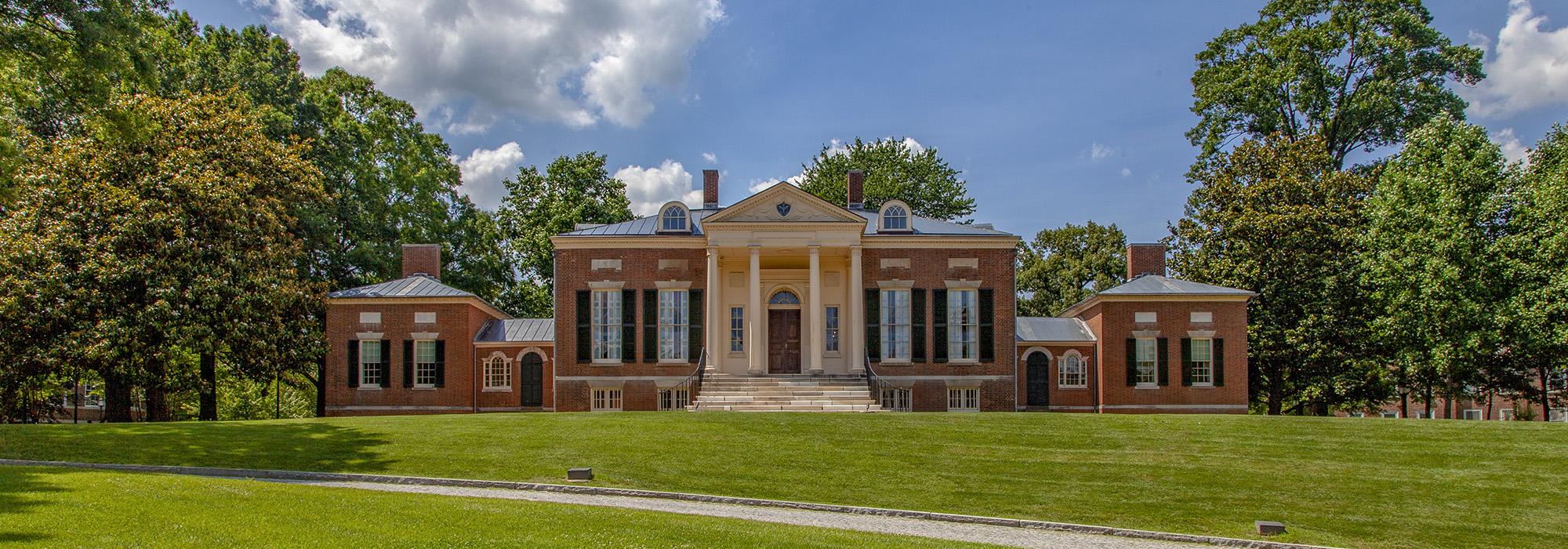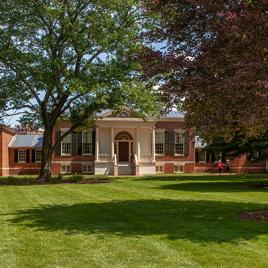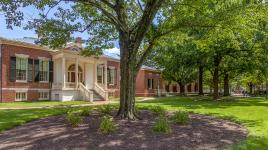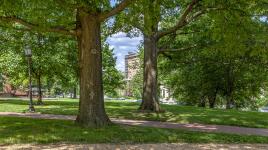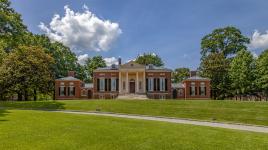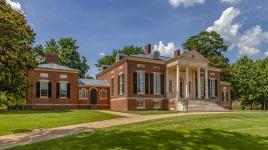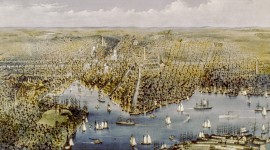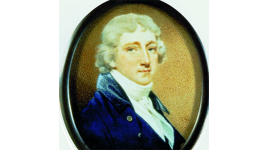Pioneer Information
Born on Doughoregan Manor in Howard County, Maryland, Conner was among the 1,000 or more enslaved persons forced to work on the extensive plantation estates of Charles Carroll, Sr. (of Carrollton), who was a member of one of the largest slave-owning families in the state. Little is known about Conner’s early life, other than that he grew to be a very skilled gardener. Conner eventually married Cis, an enslaved woman who also resided at Doughoregan and specialized in the spinning of linen. In approximately 1805, Charles Carroll, Jr., then immersed in the design of the Homewood grounds in Baltimore, insisted that his father send Conner to labor in the estate’s gardens. A year later, Cis was sent to work as a domestic for Harriet Chew, the wife of Carroll, Jr. It is believed that Conner was responsible for much of the design of the grounds and adjacent orchard. Planted in a rigid grid, the orchard was located to the north of the mansion, perhaps extending as far as what is now the ground occupied by Johns Hopkins University’s Freshman Quad. Carroll, Jr., died in 1825, and in 1836 some 58 enslaved persons, including Conner, Cis, and eleven of their thirteen children, were sent to work on a sugar plantation in Louisiana. Mary and Joseph, the eldest children, were sent to Harriet Chew in Philadelphia and were eventually manumitted. By 1838 Cis and her children returned to Doughoregan Manor, where they lived until emancipation in 1864. Conner, however, disappeared from the historical record after his journey to Louisiana. In 2014 the Homewood Museum (which occupies the former Carroll residence) planted nine heirloom fruit trees (Seckel Pear, Bevan's Favorite, Esopus Spitzenberg, Gravenstein, Lady, Roxbury Russet, Virginia Winesap, William's Favorite, and Yellow June) to replicate a portion of the original orchard.



